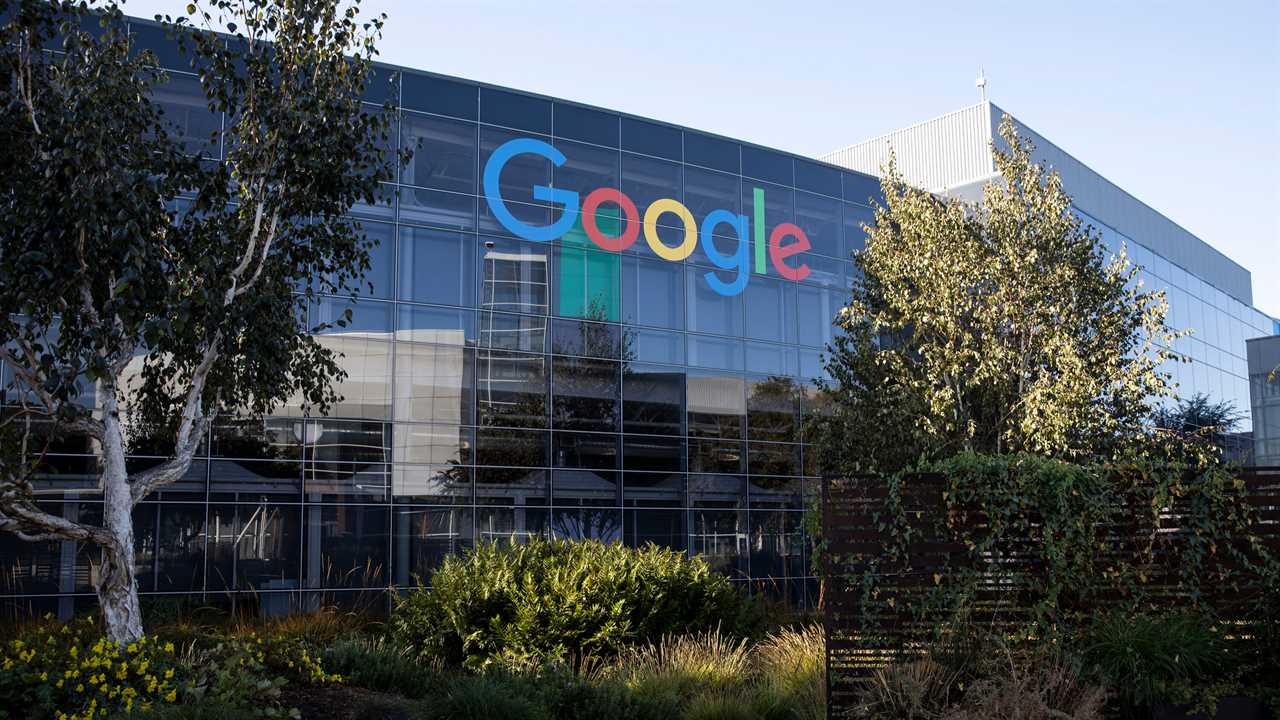
OAKLAND, Calif. — With the pandemic still in full swing and the first doses of a coronavirus vaccine just starting to ship in the United States, Google has pushed back the planned return to the office by a few months, to September 2021.
But even as it extends the remote work period for most of its staff, Google is laying out a series of proposed changes that may substantially alter how its employees and people at other technology companies will work.
In an email to the staff on Sunday night, Sundar Pichai, chief executive of Google’s parent company, Alphabet, said the company was testing the idea of a “flexible workweek” once it is safe to return to the office. Under the pilot plan, employees would be expected to work at least three days a week in the office for “collaboration days” while working from home the other days.
“We are testing a hypothesis that a flexible work model will lead to greater productivity, collaboration, and well-being,” Mr. Pichai wrote in an email obtained by The New York Times. “No company at our scale has ever created a fully hybrid work force model — though a few are starting to test it — so it will be interesting to try.”
One thing not mentioned in Mr. Pichai’s email is whether the company will require employees to take the coronavirus vaccine before returning to the office. Google has said it recommends that employees obtain the vaccine when their health care provider or local public health authority has told them it’s available to them, said Gina Scigliano, a Google spokeswoman. Google has said it is looking for opportunities in mid-to-late 2021 to help make Covid-19 vaccines available to its workers, but only after high-risk and high-priority people globally have received the vaccines.
The timing of Google’s plan to roll out the flexible work schedules is still up in the air, because of the different state of the coronavirus in different countries. And the new schedules may not apply to some Google employees, like workers who spend lots of time with customers or employees at its data centers or labs.
In March, Google was one of the first companies to tell employees to start working from home before other corporations had a grasp on the risks of working together in enclosed offices. It has repeatedly delayed the timing on when it expects employees to return to the office from January 2021 to July and now, September.
After such a long period of remote work, companies are wrestling with how best to transition workers back into offices.
Last month, ViacomCBS told employees that it expects most of its employees to divide their time between working at home and in its offices. In doing so, the company said a hybrid model would allow more flexibility for employees, while reducing its real estate needs and keeping costs down.
Reed Hastings, Netflix’s chief executive, has said that he has not seen “any positives” from working at home and that not being able to get together to discuss ideas in person is a “pure negative.” However, he said he expected the five-day workweek would become four days in the office and one day remote after the pandemic.
Other companies may take their cues from Google, which has been a pioneer for many aspects of work life, especially at technology companies. Google’s open and casual offices established the blueprint for a generation of start-ups, while its office perks like free snacks and complimentary services have spread throughout the corporate world.
As part of its more flexible workplaces, Google said it planned to put in place new office designs in areas with lower coronavirus risk. It plans to offer options to employees like booking collaboration places for up to a dozen people and securing outdoor spaces for larger gatherings. For employees in need of a quiet space outside the home, Google will offer reservable desks at its offices.
Google also said it planned to keep developing new ways to help employees bridge the gap between the experience of working at the office and working from home, especially for employees who may not live in places well suited for remote work. The company said it was creating in-office presentation booths for sending professional-quality broadcasts to groups online.
Did you miss our previous article...
https://trendinginthenews.com/tech-giants/apple-tv-was-making-a-show-about-gawker-then-tim-cook-found-out






